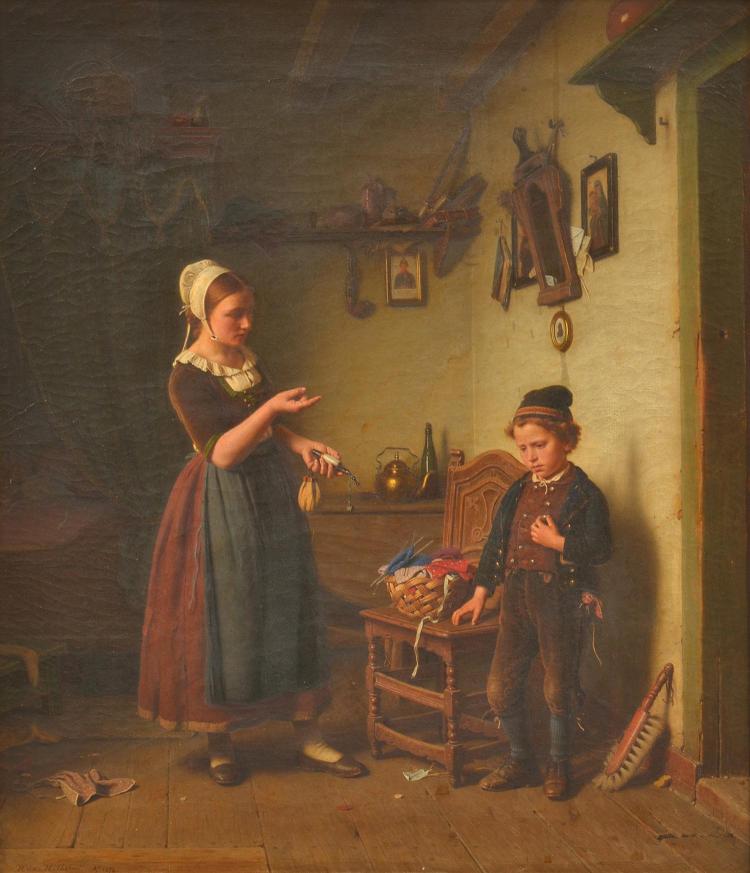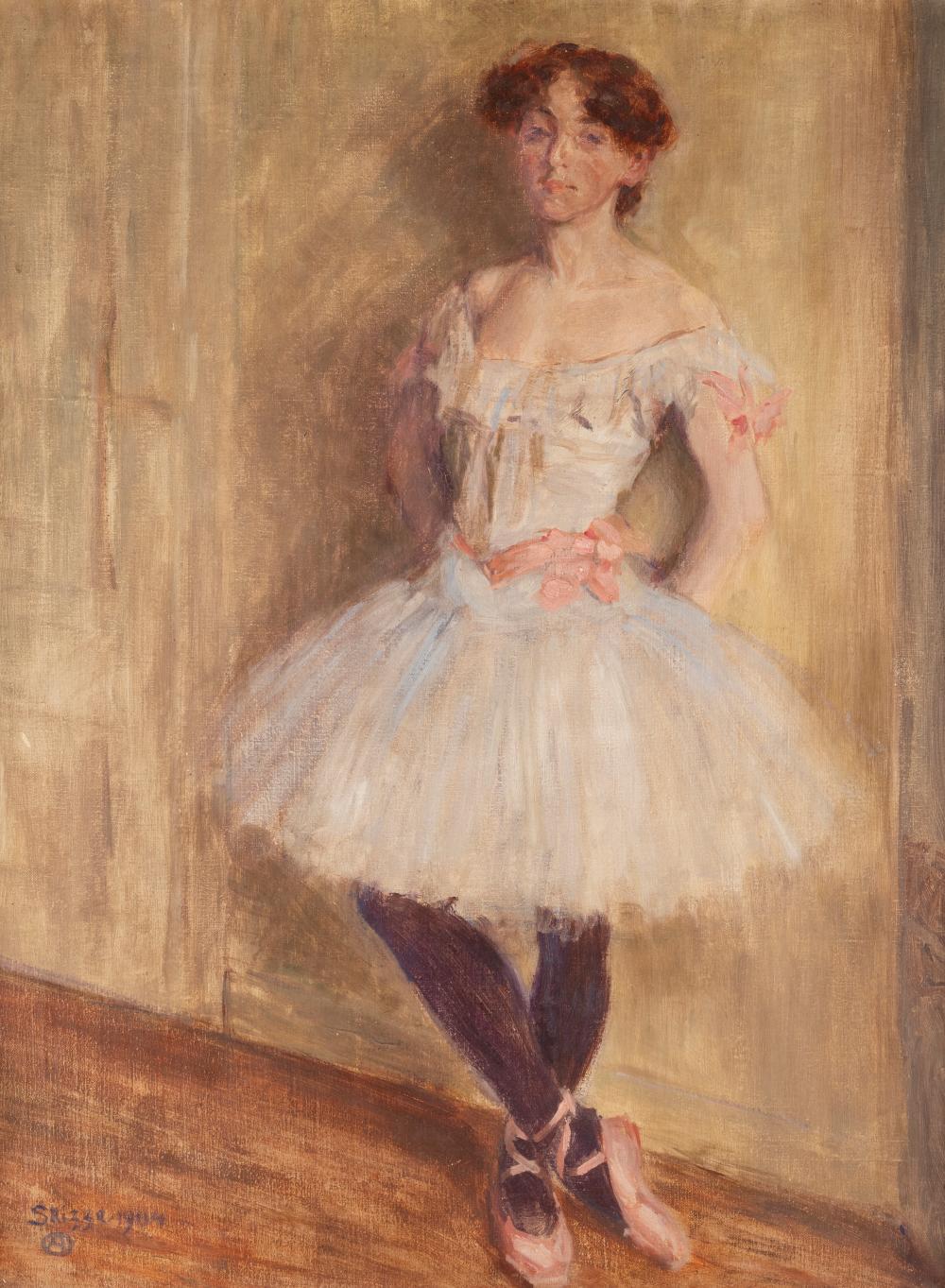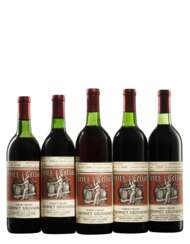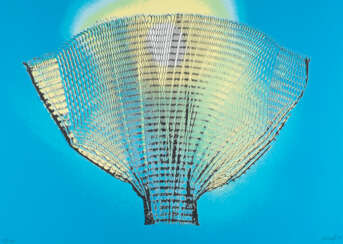hei&

Heinz Mack is a German artist. Together with Otto Piene he founded the ZERO movement in 1957. He exhibited works at documenta in 1964 and 1977 and he represented Germany at the 1970 Venice Biennale. He is best known for his contributions to op art, light art and kinetic art.


Paul Friedrich Meyerheim was a German painter and graphic artist, student of his father Eduard Meyerheim. At the beginning of his artistic career, Paul Meyerheim went to Paris and Barbizon several times to perfect his landscape painting. His special talent lay in depicting animals. He also made a name for himself as a portraitist and was successful as an illustrator with his woodcuts and lithographs.


Heinrich Lossow was a German genre painter and illustrator. He was a prolific pornographer in his spare time.


Heinz Mack is a German artist. Together with Otto Piene he founded the ZERO movement in 1957. He exhibited works at documenta in 1964 and 1977 and he represented Germany at the 1970 Venice Biennale. He is best known for his contributions to op art, light art and kinetic art.


Heinrich Siepmann was a painter and belonged to the second generation of Constructivism.


Heinrich Siepmann was a painter and belonged to the second generation of Constructivism.


Carl Ludwig Scheins was a 19th century German landscape painter.


Gert Heinrich Wollheim was a German expressionist painter later associated with the New Objectivity, who fled nazi Germany and worked in the United States after 1947.


Heinrich Siepmann was a painter and belonged to the second generation of Constructivism.


Heinz Mack is a German artist. Together with Otto Piene he founded the ZERO movement in 1957. He exhibited works at documenta in 1964 and 1977 and he represented Germany at the 1970 Venice Biennale. He is best known for his contributions to op art, light art and kinetic art.


Heinrich Siepmann was a painter and belonged to the second generation of Constructivism.


Heinrich Wilhelmi was a German realist painter who specialised in genre scenes.


Heinz Flockenhaus is a German landscape painter of the Dusseldorf school of painting.


Alfred Nathaniel Oppenheim was a German artist.
Although Alfred Oppenheim was successful as an artist, for example as a portraitist of the Frankfurt bourgeoisie, he had further activities. Educated in Paris as a jeweler, he worked in the style of French Art Nouveau, which was an exception in Germany at that time, although he is more associated with German impressionism.


Heinrich Böhmer was a German landscape painter of the Düsseldorf school of painting.

Johann Heinrich Wilhelm Tischbein was a German painter, master of portraiture; a member of the famous Tischbein artistic dynasty, one of the closest friends of the poet Johann Wolfgang Goethe.
He studied painting with his uncle Johann Jacob Tischbein in Hamburg. In 1772-1773 he made a study trip to Holland, and from 1777 was engaged in portrait painting in Berlin. In 1779 he went to Rome on a scholarship to the Academy of Arts in Cassel. After studying the antique art monuments he gradually changed his painting style from rococo to classical. In Italy he painted mostly landscapes, still life and history.
From 1789 to 1799 Johann Heinrich Wilhelm painted in the period from 1789 to 1799. Johann Heinrich Wilhelm Tischbein was director of the Academy of Arts in Naples.


Heinrich Emil Adametz was a German expressionist painter.
Adametz studied in Hamburg and at the Academy of Fine Arts in Stuttgart. Influenced by Expressionism, he painted portraits, seascapes with ships, and still lifes. Later, the events of World War II took such a heavy toll on the artist's family that he was unable to recover from them for the rest of his life.


Heinz Mack is a German artist. Together with Otto Piene he founded the ZERO movement in 1957. He exhibited works at documenta in 1964 and 1977 and he represented Germany at the 1970 Venice Biennale. He is best known for his contributions to op art, light art and kinetic art.


Heinz Mack is a German artist. Together with Otto Piene he founded the ZERO movement in 1957. He exhibited works at documenta in 1964 and 1977 and he represented Germany at the 1970 Venice Biennale. He is best known for his contributions to op art, light art and kinetic art.


Heinz Mack is a German artist. Together with Otto Piene he founded the ZERO movement in 1957. He exhibited works at documenta in 1964 and 1977 and he represented Germany at the 1970 Venice Biennale. He is best known for his contributions to op art, light art and kinetic art.


Heinz Mack is a German artist. Together with Otto Piene he founded the ZERO movement in 1957. He exhibited works at documenta in 1964 and 1977 and he represented Germany at the 1970 Venice Biennale. He is best known for his contributions to op art, light art and kinetic art.


Heiko Tappenbeck is a German artist.


Bernhard Heisig was a German painter of the postwar Leipzig school and one of the greatest artists of the GDR.
From 1942 to 1945 he participated in World War II as a volunteer in the 12th SS Armored Division "Hitler Youth", was seriously wounded, was in a Soviet prison camp and was released in Breslau as an invalid.
All these difficult events were reflected in Heisig's work. His unrelenting preoccupation with war made his work as manic as it was monolithic. Anger was what kept him working.
































































